Dr Ruth Itzhaki explains her life in Alzheimer’s research, looking into the way infectious illnesses might increase chances of developing the disease.
Category: biotech/medical – Page 1,336
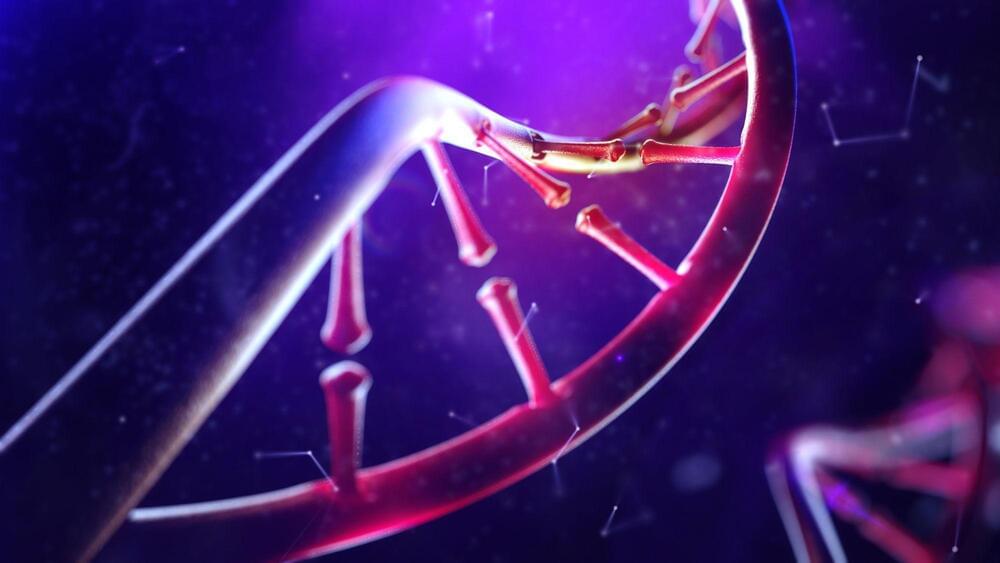
Unprecedented Detail: Researchers Capture How Genes Fold and Work
The technology, which was created by Barcelona-based researchers at the Centre for Genomic Regulation (CRG) and the Institute for Research in Biomedicine (IRB Barcelona), combines high-resolution microscopy with sophisticated computer modeling. It is the most comprehensive technique to date for studying the shape of genes.
The new technique allows researchers to create and digitally navigate three-dimensional models of genes, seeing not just their architecture but also information on how they move or how flexible they are. Understanding how genes function might help us better understand how they influence the human body in both health and disease since almost every human disease has some genetic basis.
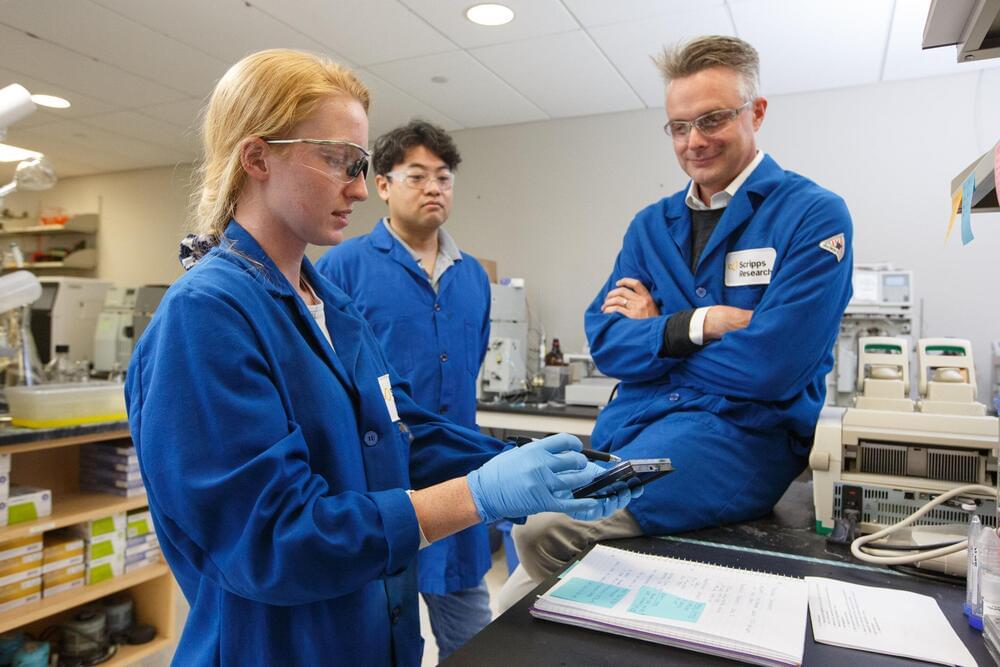
Scientists develop RNA-targeting strategy to repair genetic cause of ALS and dementia
Scientists at University of Florida (UF) Scripps Biomedical Research have developed a potential medicine for a leading cause of ALS and dementia that works by eliminating disease-causing segments of RNA. The compound restored the health of neurons in the lab and rescued mice with the disease.
The potential medication is described this week in the scientific journal Proceedings of the National Academy of Sciences. It is designed to be taken as a pill or an injection, said the lead inventor, professor Matthew Disney, Ph.D., chair of the UF Scripps chemistry department. Importantly, experiments showed that the compound is small enough to cross the blood-brain barrier, a hurdle other approaches have failed to clear, he said.
Amyotrophic lateral sclerosis, or ALS, progressively destroys neurons that control muscles, leading to worsening muscle loss and eventually death. The mutation, a leading cause of inherited ALS, is referred to as “C9 open reading frame 72,” or C9orf72. This mutation also leads to one form of frontotemporal dementia, a brain disease that causes the brain’s frontal and temporal lobes to shrink, resulting in changes in personality, behavior and speech, ultimately resulting in death.

Combination of ultrasound and nanobubbles destroys cancerous tumors
A new technology developed at Tel Aviv University (TAU) makes it possible to destroy cancerous tumors in a targeted manner via a combination of ultrasound and the injection of nanobubbles into the bloodstream.
According to the research team, this latest technology enables the destruction of the tumor in a non-invasive manner, unlike invasive treatment methods or the injection of microbubbles into the tumor itself.
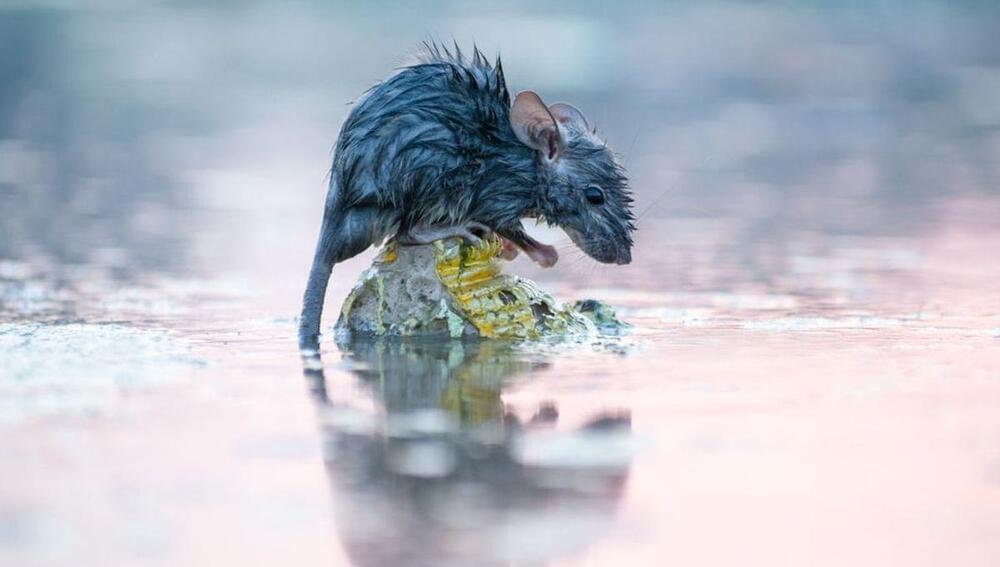
Scientists Accidentally Discover Weight Loss Therapy After Mice Start Sweating Fat From Their Skin
Accidental science is the best. One of the greatest lifesaving drugs in history – penicillin – was discovered purely by accident, and such experiments truly show how intricate and unpredictable science is.
So, when researchers from the University of Pennsylvania began their journey looking for a type 2 diabetes treatment and stumbled across a potentially incredible weight-loss treatment, needless to say, they were more than surprised.
The researchers describe their new results in a paper in the journal Science, in which they applied a treatment to a group of lab mice in the pursuit of counteracting type 2 diabetes. Instead of performing as expected, the experiment took a surprising turn – the mice started secreting a slimy substance through their skin.

Black Friday 2022 e-commerce reaches record $9.12B, Thanksgiving $5.3B; BNPL and mobile are big hits
Analysts and e-commerce leaders have been predicting a muted online holiday shopping season this year, with sales in the first three weeks of November essentially flat over a year ago due to a weaker economy, inflation, and more people returning to shopping in stores again in the wake of the Covid-19 pandemic. But on the face of it, the Thanksgiving long weekend appears to be more buoyant than expected — albeit growth has definitely slowed down this year after the pandemic-period boom.
Black Friday broke $9 billion in sales for the first time yesterday, with online sales of $9.12 billion, according to figures from Adobe Analytics. This is a record figure for the day, and up 2.3% on sales figures a year ago, and slightly higher than Adobe had estimated leading up to the day. Adobe doesn’t break out volumes in its report, so it’s hard to know if those figures are due to items simply costing more this year because of inflation, or if the higher numbers are a result of more buying.
Black Friday is a key focus for those gauging how the e-commerce market, and consumer confidence, are both faring in what is the most important and biggest period for shopping in the year.
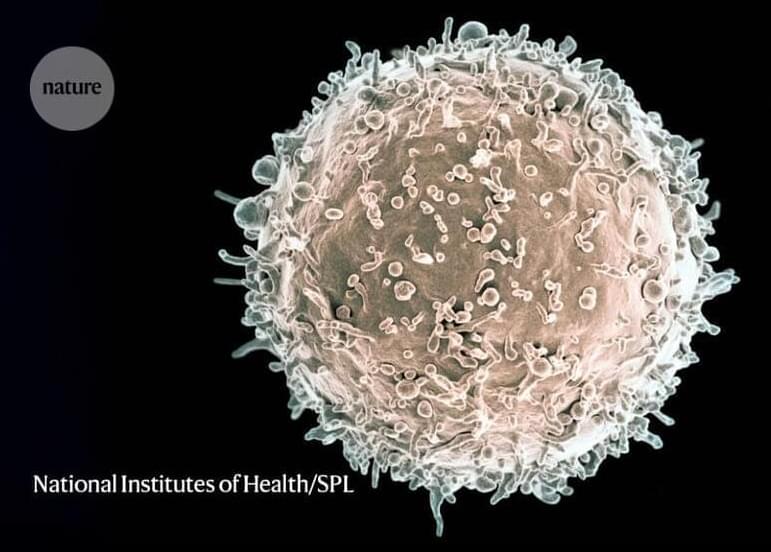
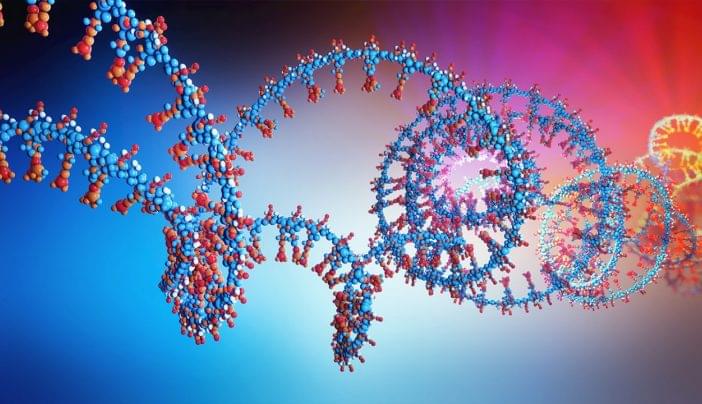

Researchers confirm a primary cause of Alzheimer’s disease
In a study from Yale-NUS College, researchers found evidence that metabolic dysfunction is a primary cause of Alzheimer’s disease is the most common neurodegenerative disease affecting the elderly worldwide, as well as one of the most common causes of dementia. In Singapore, one in 10 people aged 60 or above is believed to suffer from dementia.
Researchers Say They Are Close To Reversing Aging
Researchers at Harvard University are investigating whether human genes could reverse the effects of aging. NBC Medical Fellow Dr. Akshay Syal got exclusive access to their lab to discuss the future of how to defy aging.
» Subscribe to NBC News: http://nbcnews.to/SubscribeToNBC
» Watch more NBC video: http://bit.ly/MoreNBCNews.
NBC News Digital is a collection of innovative and powerful news brands that deliver compelling, diverse and engaging news stories. NBC News Digital features NBCNews.com, MSNBC.com, TODAY.com, Nightly News, Meet the Press, Dateline, and the existing apps and digital extensions of these respective properties. We deliver the best in breaking news, live video coverage, original journalism and segments from your favorite NBC News Shows.
Connect with NBC News Online!
NBC News App: https://smart.link/5d0cd9df61b80
Breaking News Alerts: https://link.nbcnews.com/join/5cj/breaking-news-signup?cid=s…lip_190621
Visit NBCNews. Com: http://nbcnews.to/ReadNBC
Find NBC News on Facebook: http://nbcnews.to/LikeNBC
Follow NBC News on Twitter: http://nbcnews.to/FollowNBC
#NBCNews #Aging #Science